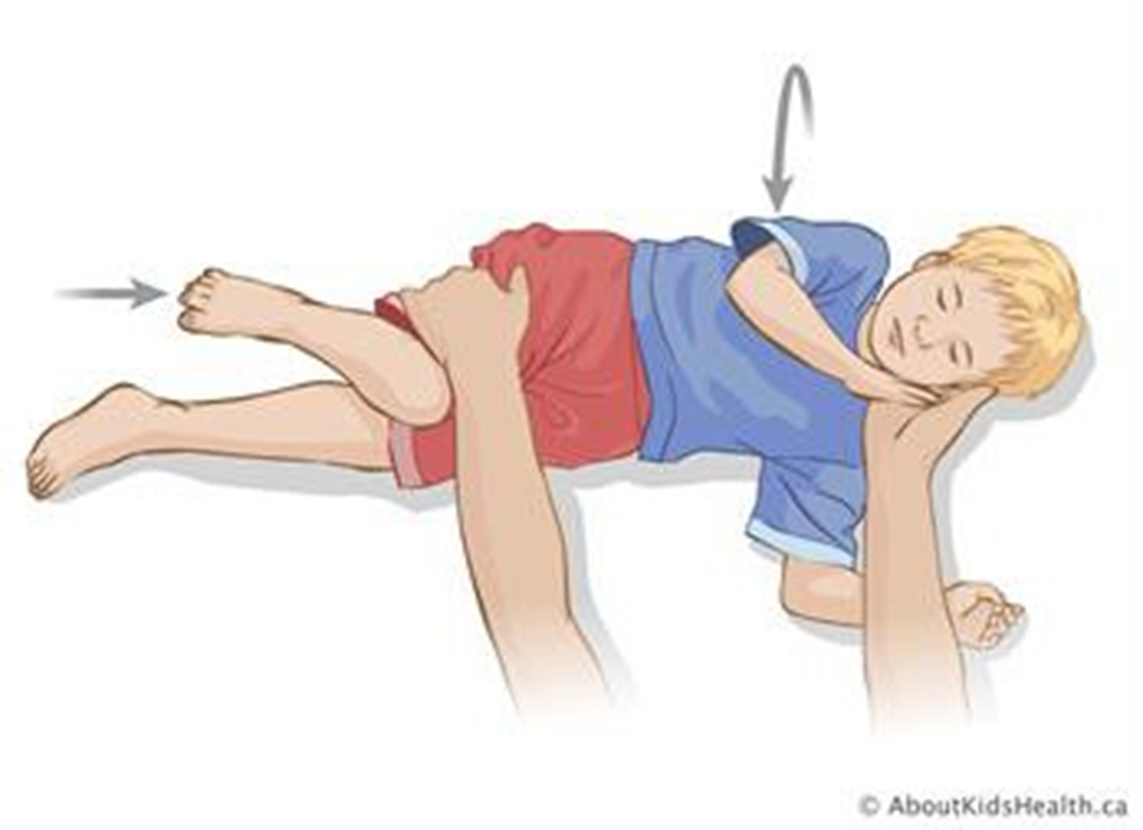A nurse at a pediatric hotline receives a call from a mother who plans to administer aspirin to a toddler for a fever and wants to know the dosage.
Which of the following statements by the nurse is an appropriate response?
“Follow the directions on the aspirin bottle for her age and weight.”.
“She should be given acetaminophen, not aspirin.”.
“Just be sure you administer the medication with food.”.
“Give her no more than three baby aspirin every 4 hours.”.
The Correct Answer is B
Choice A rationale
It’s not advisable to follow the directions on the aspirin bottle for her age and weight. Aspirin is not recommended for use in children due to the risk of Reye’s syndrome, a rare but serious condition that can affect the liver and brain.
Choice B rationale
This is the correct response. Acetaminophen is a safer alternative to aspirin for managing fever in children.
Choice C rationale
While it’s generally a good idea to administer medication with food to prevent stomach upset, this advice does not address the specific risks associated with giving aspirin to a toddler.
Choice D rationale
Giving a toddler three baby aspirin every 4 hours is not recommended due to the risk of Reye’s syndrome.
Nursing Test Bank
Naxlex Comprehensive Predictor Exams
Related Questions
Correct Answer is D
Explanation
Choice A rationale
While placing a pillow under the child’s head might seem like a good idea, it’s actually not recommended during a seizure. The child’s movements could be unpredictable, and a pillow could potentially cause suffocation.
Choice B rationale
Removing the child’s eyeglasses is a good idea, but it’s not the first thing you should do. The child’s safety is the top priority, and eyeglasses can be removed once the child is safe.
Choice C rationale
Timing the seizure is important for medical professionals to know, but it’s not the first action to take. The child’s immediate safety is the priority.
Choice D rationale
Moving the child into a side-lying position is the priority. This position helps keep the airway clear and allows any vomit to exit the mouth, reducing the risk of choking.

Correct Answer is A
Explanation
Choice A rationale
The symptoms described by the parent - projectile vomiting followed by hunger - could indicate a serious condition such as pyloric stenosis, which is a narrowing of the opening from the stomach to the small intestine. This condition can lead to severe dehydration and requires immediate medical attention.
Choice B rationale
While burping can help to relieve gas and minor stomach discomfort, it would not address the underlying issue causing the projectile vomiting. This advice might be appropriate for a baby with simple colic or gas, but not for the symptoms described.
Choice C rationale
While oral rehydrating solutions can help to replace lost fluids and electrolytes, they do not address the underlying cause of the projectile vomiting. Furthermore, if the baby is vomiting frequently, they may not be able to keep down the solution.
Choice D rationale
Switching formulas can sometimes help babies who have allergies or intolerances to certain ingredients in their current formula. However, the symptoms described are not typical of a formula intolerance or allergy. Moreover, switching formulas without seeking medical advice can potentially lead to other complications.
Whether you are a student looking to ace your exams or a practicing nurse seeking to enhance your expertise , our nursing education contents will empower you with the confidence and competence to make a difference in the lives of patients and become a respected leader in the healthcare field.
Visit Naxlex, invest in your future and unlock endless possibilities with our unparalleled nursing education contents today
Report Wrong Answer on the Current Question
Do you disagree with the answer? If yes, what is your expected answer? Explain.
Kindly be descriptive with the issue you are facing.
